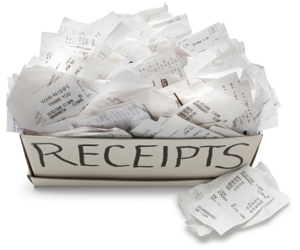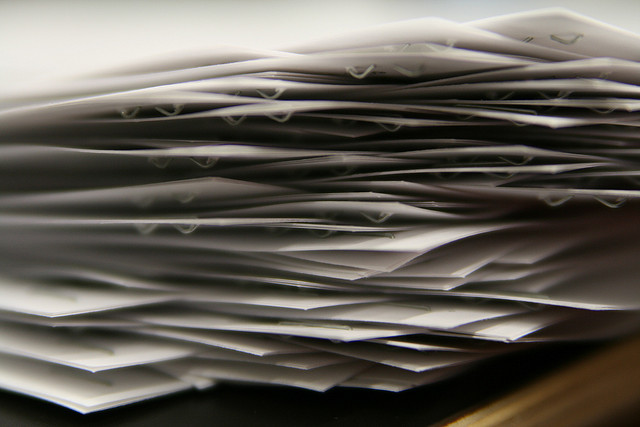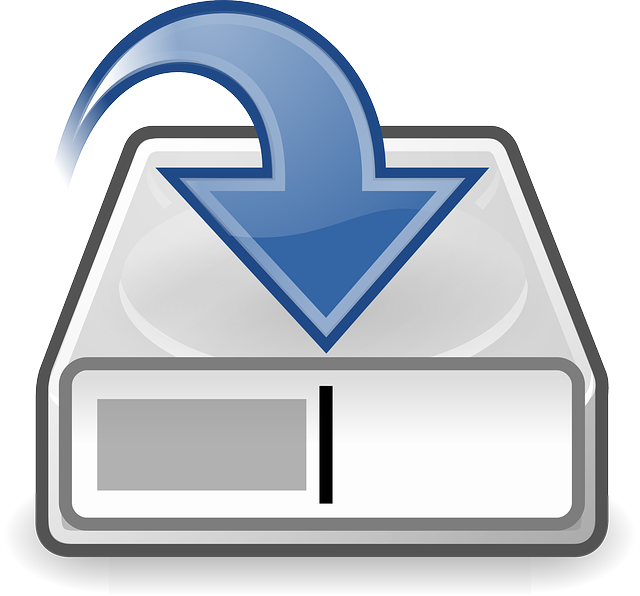Managing your receipts can be overwhelming, time-consuming, and downright dull. Not only do you have stacks of paper clutter collecting in your home or office; you’re constantly bombarded with new receipts every time you run an errand or make a purchase. Who has time to manage all that paper?
Starting today, you do.
Here’s how to manage receipts for small business, personal or any other purpose faster and more efficiently so you can get back to living your life.
Dump the clutter
First thing’s first – you need to figure out the best way to manage receipts you already have before you can deal with any new receipts coming in.
Whether you have alphabetized receipts stored in filing cabinets, or a big ‘ol pile of paper scattered across your desk, the first step in how to manage receipts is to go paperless.
- Scan each receipt into a digital record using a traditional desktop scanner or the camera on your smartphone.
- Use a service like Shoeboxed to mass-upload all of your receipts for you. Simply dump your receipts into the Shoeboxed Magic Envelope, drop the envelope in the mail, and watch as your account is magically populated with all of your receipts and data.
- Recycle all of that paper and clear the way for a more organized receipt management future.
Set up systems
Clearing the clutter is only half the battle. There’s no point in getting rid of all your receipts only to start collecting new ones. Set up systems to manage what happens to a receipt every time you receive one.
For example, every time you’re handed a receipt you could…
- Add your name to the vendor’s email list to receive future receipts by email.
- Snap a photo of the receipt with your smartphone.
- Recycle the receipt BEFORE getting back in your car or returning home.
- Log-in to your receipt management software program or app and modify the transaction details as needed.
You could also implement a similar system involving a desktop scanner or mobile receipt scanner. The key is developing simple tasks that you’re likely to do on a regular basis. Create systems that complement your lifestyle and habits, which will make it easier to keep receipts organized.
Choose the right tools
When wondering how to manage receipts, you might feel like you’re drowning in a sea of paper clutter. The right tools, however, can serve as organizational lifeboats to help you manage, organize, and digitize your receipts with top-rated technology and the best receipt scanning apps out there.
If you want to do more than merely scan a receipt, you need technology that lets you work with the scanned data. What’s more, you need robust tools that connect the information on your receipt with your accounting software, invoicing software, and other financial applications.
In addition to Shoeboxed, there are a number of receipt-scanning apps that digitize data and have integrations with Quickbooks, Evernote, Outright, Wave, Scansnap, and more. Choose a receipt scanning tool that integrates with your accounting software to make receipt management even more powerful.
When you mass-dump paper clutter, set up systems to prevent future clutter, and use tools to make the most of receipt scanning technology, you can easily manage receipts without losing your mind.


